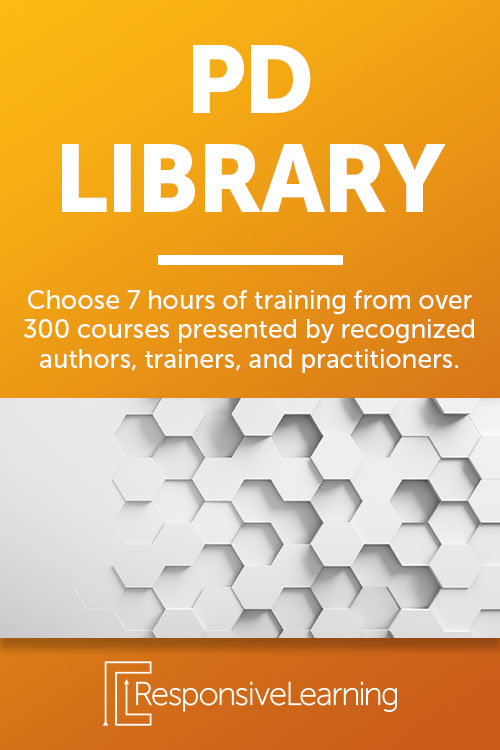The world can be a scary place. As educators, it is one of our responsibilities to provide a safe and positive environment for the students under our care. In the context of abuse, maltreatment, and trafficking, this means being informed of the signs, symptoms, and vulnerabilities of children who could be at risk, as well as knowing how to prevent, respond, and report suspected maltreatment.
Texas House Bill 1272 requires the Texas Human Trafficking Prevention Task Force to work with the Texas Education Agency (TEA) to develop a list of key indicators that a person is a victim of human trafficking. They also work to develop a standardized curriculum and train school personnel to identify and assist victims. It’s the responsibility of educators and administrators to be informed of these indicators, and it is your legal requirement to report suspected abuse or neglect.
What to look out for
According to the TEA, it can be difficult to recognize victims of trafficking for numerous reasons. For instance, the abuser of the victim might normalize the idea of sex for survival, leaving the victim without hope and causing them to not seek help. So if victims may not come forward, how can educators recognize the indicators of a student in need so they can help?
First, it is vital to understand who the biggest targets of human trafficking are. The average age for a child recruited or forced into prostitution is 11-14 years old. The innocence and naivety of children make them vulnerable to trafficker tactics, particularly children who come from a bad home environment. Children with a lack of family support and histories of physical or sexual abuse could see a way out in the words of a trafficker trying to recruit them.

If you ever suspect that you’ve encountered a trafficking victim, it’s critical that you remain calm. If the situation is an emergency, you’ll need to call 911. Either way, you should call law enforcement or the Department of Family and Protective Services, as required by law. And if a child comes forward and says that they’re a victim of abuse and need help, never confront the suspected trafficker. Contact law enforcement and Child Protective Services within 48 hours. The safety of yourself and the child should be your main priority.
Protect your students
While this topic may be difficult to think about, we owe it to our students to be as informed as possible in order to protect them. The course, Human Trafficking and Maltreatment Prevention, breaks this difficult subject down for participants in a way that’s easy to understand for newcomers and those familiar with the topic.
It’s our job as educators to protect and nurture the lives of the students under our care, and there are few things as big of a threat to those lives as human trafficking and maltreatment. In this course, you’ll get the tools and tricks to identify who could potentially be a victim and learn how to protect them.
At the end of this 45-minute course from Responsive Learning, you’ll learn to:
- Recognize the risk factors of human trafficking
- Identify potential victims
- Share knowledge with colleagues, parents, and community members
- Engage in local prevention efforts
- Recognize your legal responsibilities and obligations

